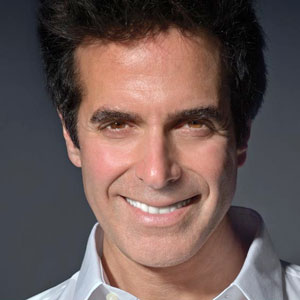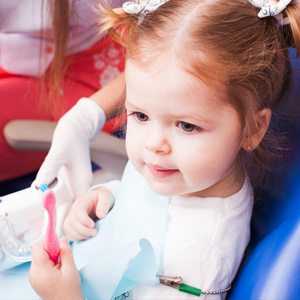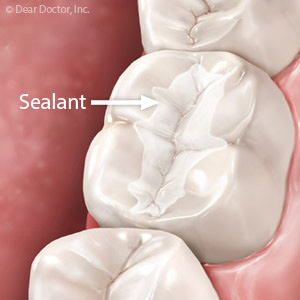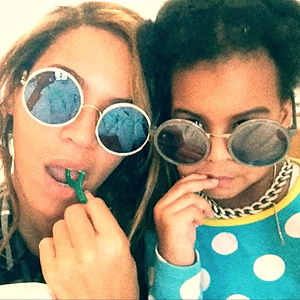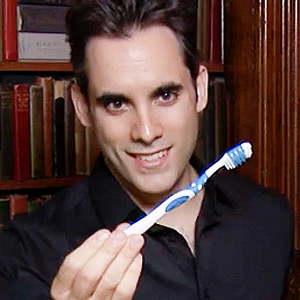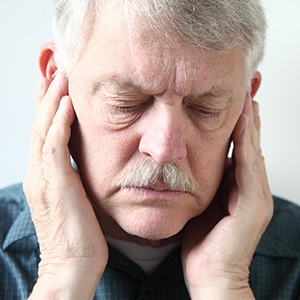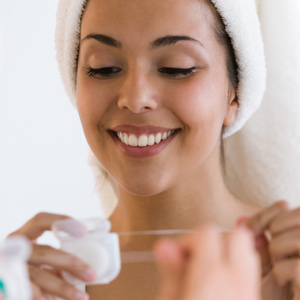

For best results in cleaning your teeth of disease-causing plaque you need both the power of brushing open teeth surfaces and flossing in between them. But you may be wondering: should you perform one task before the other?
In general terms, no—there’s no solid evidence that flossing is better before brushing, or vice-versa. But that being said we do recognize each way has its own advantages.
If you floss before brushing, it’s possible you could loosen plaque that can then be easily brushed away when you perform your second hygiene task. Flossing first can also reveal areas that need a bit more attention from brushing if you suddenly encounter heavy particle debris or you notice a little bit of blood on the floss. And, by flossing first you may be able to clear away plaque from your tooth enamel so that it can more readily absorb the fluoride in toothpaste.
One last thing about flossing first: if it’s your least favorite task of the two and you’re of the “Do the Unpleasant Thing First” philosophy, you may want to perform it before brushing. You’re less likely to skip it if you’ve already brushed.
On the other hand, flossing first could get you into the middle of a lot sticky plaque that can gum up your floss. Brushing first removes a good portion of plaque, which can then make flossing a little easier. With the bulk of the plaque gone by the time you floss, you’ll not only avoid a sticky mess on your floss you’ll also have less chance of simply moving the plaque around with the floss if there’s a large mass of it present.
It really comes down to which way you prefer. So, brush first, floss last or vice-versa—but do perform both tasks. The one-two punch of these important hygiene habits will greatly increase your chances for maintaining a healthy mouth.
If you would like more information on effective oral hygiene, please contact us or schedule an appointment for a consultation.

